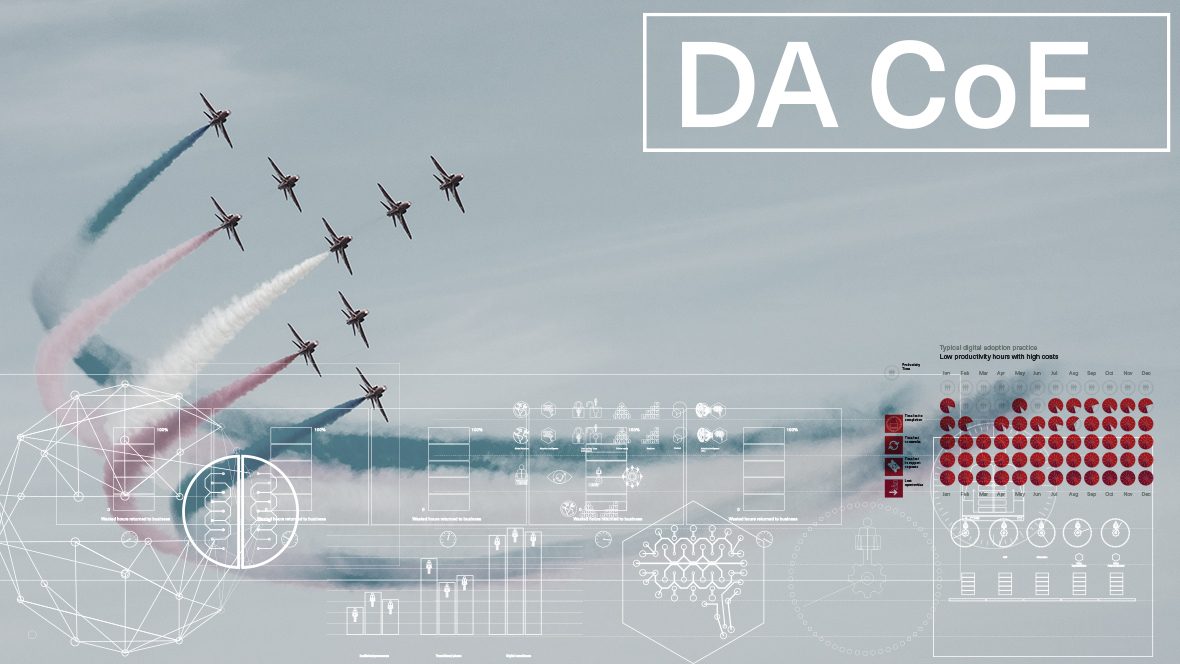What is a Digital Adoption Center of Excellence (DACoE)?
Digital adoption refers to the process of successfully embedding digital tools, technologies, and software into an organizations business models. The goal of is to maximize the value of digital tools and technologies leading directly to improved efficiency, productivity, and competitiveness.

A Digital Adoption CoE plays a pivotal role in guiding an organization’s digital transformation journey. It helps bridge the gap between technology adoption and actual value realization by providing leadership, education, support, and a structured approach to integrating digital tools into the fabric of the organization.
The primary purpose of a DACoE is to ensure that the organization maximizes the value of its digital investments and effectively integrates new technologies into its business models.
The key components and purposes of a Digital Adoption CoE include:
- Leadership and Strategy: The CoE sets the vision, strategy, and roadmap for digital adoption and transformation within the organization. It aligns digital initiatives with business objectives and guides the organization in adopting technologies that enhance efficiency, customer experience, and innovation.
- Education and Training: The CoE provides training, resources, and support to help employees understand and effectively use digital tools. This includes creating training materials, conducting workshops, and addressing any concerns or challenges that employees might face during the adoption process.
- Best Practices and Standardization: The CoE develops and promotes best practices for using digital tools. It establishes guidelines, protocols, and standards to ensure consistency in the adoption of technology across different departments and teams.
- Change Management: A significant part of the CoE’s role involves managing change within the organization. This includes addressing resistance to change, communicating the benefits of new technologies, and facilitating a smooth transition from traditional processes to digital ones.
- Continuous Improvement: The CoE monitors the effectiveness of digital tools and identifies areas for improvement. It gathers feedback from users, analyzes data, and iteratively refines processes to ensure that digital adoption efforts are yielding the desired outcomes.
- Collaboration and Knowledge Sharing: The CoE acts as a hub for collaboration, encouraging communication and knowledge sharing across different departments. It fosters a culture of innovation and cross-functional teamwork.
- Technology Evaluation and Implementation: The CoE evaluates new technologies and tools to determine their relevance and potential impact on the organization. It assists in selecting and implementing technologies that align with the organization’s goals.
